Cold Weather Installation
January 30, 2024
ASK JW COLD WEATHER INSTALLATION
TRANSCRIPT
Hello everyone and Happy New Year!
Cold weather installations can be more challenging than installing synthetic turf in the hot summer months.
In the cold months of winter, you must carefully transport and store synthetic grass rolls. Always store the rolls carefully so the freezing temperatures will not leave flat spots in the turf roll. If you have to store the turf outside, rotate the roll occasionally to prevent flat spots from occurring. And please, never stack multiple rolls for long periods of time.
If you roll out and see any flat spots or any imperfections for that matter? DO NOT PUT IT IN! It will cost you more in the long run.
PLACEMENT
In cold temperatures, I recommend rolling out your synthetic turf and allowing it to lay flat on the prepped surface. This may help it contour to areas that are not flat. In freezing temperatures, you may need to rent an external turbo heater to expedite this process. This will make your installation more efficient and prevent aggressive stretching while the turf is cold.
Installers remember, stretching the surface is really crucial! What does not get stretched out in the wintertime will come back as a wrinkle in the summer, especially when the temperature rises. I see and hear this every year. Installers placing turf in the winter, then when summer comes around, the turf starts to wrinkle due to thermal expansion and contraction, and they want to blame it on the defective turf. Not true! 99.9% of the time it is due to installer inexperience and lack of ballast of infill.
When seaming synthetic turf in the wintertime, the two edges that are to be seamed may be stiff and achieving a successful seam may be more difficult, especially putting greens. If the seams edges are cold and frozen-like, you may need to either rent a turbo heater or wait till the temperature rises so that the seam will be installed successfully. I recommend using Superseam Pro 444 Adhesive when seaming synthetic turf in cold temperatures. It has been tested and outperforms below-freezing temperatures. If you happen to purchase your seaming adhesive at a hardware store, please understand most hardware store adhesives are water-based and contain high percentages of fillers. These inexpensive water-based adhesives may freeze under cold weather conditions and may cause seam failures when temperatures rise.
Store Superseam Pro 444 Adhesive in a warm environment prior to use, it will maintain the glue’s viscosity and also provide a more pliable adhesive to work with when it’s cold out. With the rise in temperature throughout the day, the synthetic turf will expand and/or contract. Make sure you secure each side of the connecting seams with nails, spikes, or staples to prevent the seam from moving prior to placing Superseam Pro 444 adhesive.
When placing synthetic turf infill, in the winter months there may be frost or dew on the surface. When placing infill, the surface must be dry for the infill to reach the base of the fibers. If the surface has any moisture the infill will definitely stick to the top. Make sure all infill is stored in a dry controlled area at all times and never left outside in extreme weather.
When the temperatures warm up and the snow or ice has melted, I recommend using a leaf blower along with a power broom and clean the top surface. After cleaning, I recommend applying a disinfectant cleaner and rinse while using a power broom to rejuvenate the fibers bringing back the esthetics of the synthetic turf.
If you have any questions regarding installing turf in the cold conditions, please give me a shout, I would love to help out…. Until then? JW OUT!







